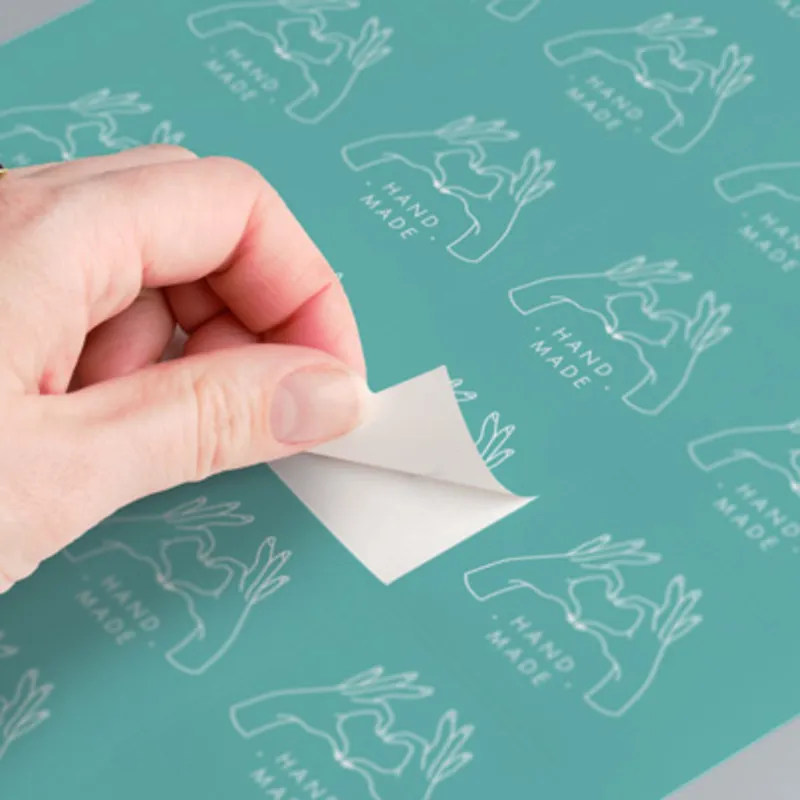

Conversely, encouraging personal sustainability via reusable cups has seen traction. Baristas globally endorse initiatives where customers receive discounts for ditching disposables in favor of bringing their own cup. This cultural shift towards reusability not only reduces waste but also fosters consumer engagement and environmental accountability. Technological advancements also play a crucial role. The development of sophisticated sorting and cleaning machinery aids in the effective recycling of composite materials, potentially transforming the destiny of plastic cups within the waste hierarchy. Innovative startups are sprouting, offering services that cleanse and redistribute used cups back into the ecosystem, thus curbing the linear ‘produce-use-discard’ model that dominates today. Policies and regulations further underpin these efforts. Governments worldwide are legislating to curb plastic waste, with measures such as levies on disposable cups or outright bans on certain types of plastics. This regulatory environment nudges corporations toward adopting greener practices, opening up avenues for funding and subsidies for research into sustainable materials. The consumer’s role in this eco-revolution is critical. Awareness campaigns highlighting the ecological footprint of single-use plastics empower consumers to make informed choices. Social media and digital platforms act as potent tools for spreading knowledge and galvanizing collective action towards sustainable consumption patterns. The transition from disposable plastic cups to sustainable alternatives is not a seamless one. Economic, logistical, and technological challenges abound. Manufacturers must balance cost implications of producing greener products with consumer price sensitivity, aiming not to alienate their market base while still achieving ecological milestones. In this evolving landscape, trust and transparency from brands are imperative. Ethical sourcing, clarity about material compositions, and honest marketing about product end-of-life processes instill consumer confidence. Certifications and eco-labels serve as benchmarks, guiding eco-conscious consumers towards informed purchasing decisions. Ultimately, the future of plastic to-go coffee cups hinges on a collaborative effort among innovators, consumers, and policymakers. While complete eradication of plastic may be impractical, a conscientious approach embracing innovation and responsibility can drastically mitigate their environmental impact. As the battle against plastic waste intensifies, coffee cups become symbols of a broader quest for sustainability, marking the intersection where consumer pleasure meets planetary preservation.



